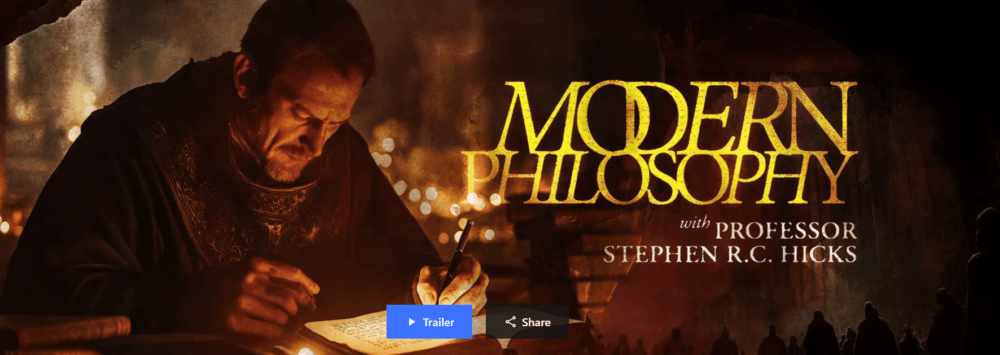Peterson Academy – Bret Weinstein & Heather Heying – Evolutionary Inference

Dr. Bret Weinstein
Biologist
Dr. Heather Heying
Biologist
In Evolutionary Inference, a nine-hour course, Dr. Heying and Dr. Weinstein explore the fundamentals of the biology of evolution, providing tools to interpret the natural world through the lens of evolutionary inference. They examine various organisms and their adaptations, from leafcutter ants to sea otters, highlighting how these traits are evolutionary answers to environmental challenges. The course also delves into the reconstruction of deep evolutionary history through phylogenetic trees and the unique characteristics that set humans apart, such as culture, consciousness, and language, raising profound questions about our ability to transcend genetic imperatives for a better future.
Lectures
1. Curiosity in Evolution
In our first lecture, Dr. Heying and Dr. Weinstein delve into the fundamentals of Evolutionary Inference, providing tools to interpret the complex natural world through an evolutionary lens. By examining various organisms and their traits, from proboscis monkeys to leaf-nosed bats, we explore how adaptation and the drive to pass genes to future generations shape the intricate structures and behaviors observed in nature. The lecture emphasizes the importance of looking closely and asking “why” questions to uncover the evolutionary answers behind the marvels of life.
2. Macroevolution
In lecture two, we embark on a whirlwind tour of macroevolution with Dr. Weinstein, exploring the reconstruction of deep evolutionary history through phylogenetic trees. We examine the various types of evidence used to build these trees, including morphological, molecular, developmental, behavioral, and biochemical characters, and discuss the importance of using monophyletic groups that reflect evolutionary history. The lecture also delves into the different ways organisms can exhibit similarity: through homology due to shared ancestry or through homoplasy resulting from convergent evolution.
3. Evolutionary Ingenuity
In lecture three, we explore the concept of “hostile forces of nature” and how various organisms have evolved adaptations to overcome these challenges. The lecture delves into the unique characteristics and evolutionary strategies of three diverse organisms: the hoatzin bird, gliding animals, and kelp. Using an engaging “evolutionary jeopardy” format, Dr. Heying highlights how each organism has developed specialized traits to survive and thrive in their respective environments, showcasing the ingenuity and diversity of life on Earth.
4. Adaptive Evolution
In lecture four, Dr. Weinstein delves into the evolutionary adaptations of sea otters and tent-making bats, emphasizing how these creatures have evolved unique traits to exploit specific ecological niches. The discussion highlights the importance of considering an organism’s adaptations as evolutionary answers to the challenges posed by their environment, with a focus on how cultural transmission and dual inheritance systems can enhance survival in idiosyncratic habitats.
5. Ant Farms and Poison Frogs
In lecture five, we explore the fascinating world of leafcutter ants and poison frogs, delving into their unique adaptations and behaviors. With Dr. Heying, we examine the intricate farming practices of leafcutter ants, comparing them to human agriculture, and discuss the convergent evolution of poison frogs in the New World and Madagascar, highlighting their shared traits of toxicity, aposematic coloration, and parental care, despite their distant evolutionary relationship.
6. Tactics and Trade-Offs
In lecture six, Dr. Weinstein investigates the nuances and complexities of evolutionary strategies employed by various organisms, from tent bats and strangler figs to asexually reproducing plants and salmon. The lecture highlights how these strategies, often involving trade-offs and adaptations to specific environmental challenges, contribute to the ultimate goal of projecting genes into the future, raising intriguing questions about the role of exploration and risk-taking in evolutionary success.
7. Adaptive Organisms
In lecture seven, Dr. Heying returns to further explore the characteristics and adaptations of various organisms, focusing on the Pacific Northwest’s Dicamptodon salamanders, which exhibit facultative paedomorphosis in response to variable environments. We then discuss the advantages of mixed-species aggregations, such as those involving chickadees and kinglets, and delve into the synapomorphies of mammals, primates, and humans, highlighting the complex sociality and trade-offs associated with human traits.
8. Omega Principle
In our eighth and final lecture, we delve into the unique characteristics that set humans apart from other species, exploring the roles of culture, consciousness, and language in our ability to adapt and thrive. We examine the concept of the “omega principle,” which posits that epigenetic phenomena, including culture, adapt more rapidly yet are subordinate to genetic phenomena, and discuss how this principle has shaped human evolution. Dr. Weinstein concludes the course by raising the profound question of whether we can transcend our genetic imperatives and repurpose our remarkable capacities to create a more sustainable and equitable world.

















Reviews
There are no reviews yet.